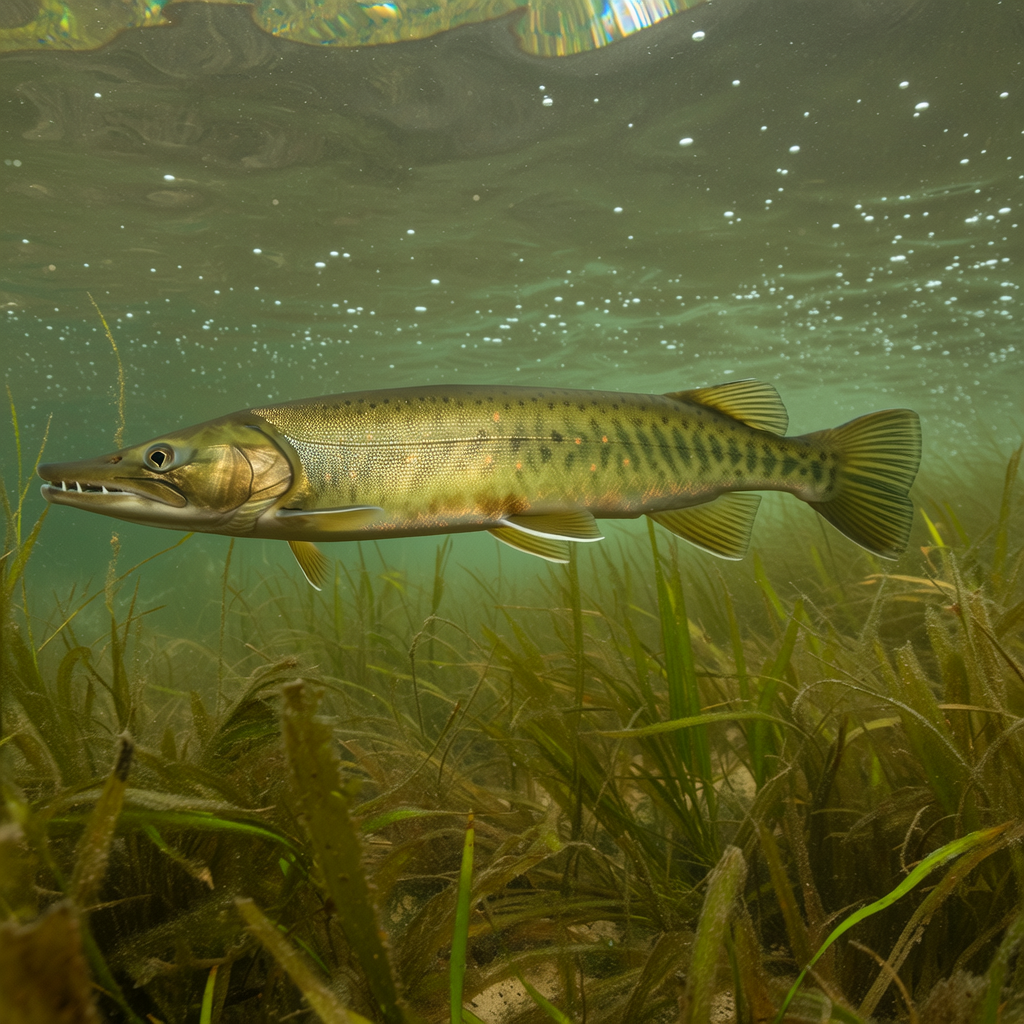Channel Catfish Introduction
The Channel Catfish is also known scientifically as Ictalurus Punctatus. It is one of the most sought-after catfish species in North America. They can be found in a variety of freshwater habitats including rivers, lakes and reservoirs. This makes them a favorite with anglers and other fish enthusiasts. Channel Catfish have a distinctive appearance with their sleek body, whisker-like barels, and spines along the dorsal or pectoral fins.
Physical Characteristics
The long, slender body of the channel catfish is usually olive-brown or blue-gray. They have a forked fin on their tail and a barbel with a deep fork on their chin that helps them find prey in murky water. Their dorsal, and pectoral, fins are covered with sharp, serrated spines which can be painful to handle. Anglers can catch adult Channel Catfish that grow up to 40 inches long and weigh 40 pounds.
Habitat and Distribution
The channel catfish is native to North America. It can be found in many freshwater habitats including rivers, streams and lakes. They prefer slow-moving water with a sandy or rocky substrate, where they can ambush and find cover. Channel Catfish are known to be adaptable and can survive in many different environments, including clear mountain streams, muddy stagnant ponds, or even clear, moving water.
Diet and Behavior
Channel catfish are opportunistic eaters. They will eat a variety of prey including fish, insects and crustaceans. They are nocturnal and most active at dusk. The barbels on their mouths help them locate food at the bottom of the ocean, where they hunt for small organisms or bottom-dwelling creatures. They are also scavengers, and will eat carrion and decaying organic material.
Reproduction and Life Cycle
Channel Catfish are sexually mature at three to four years old and spawn during the spring and early summer. During the spawning period, male Channel Catfish will build nests on shallow rocky areas to attract females. They do this by displaying aggression and courtship. The female Channel Catfish can lay up to thousands of eggs. These are fertilized by males and then guarded until they hatch. Channel Catfish live for only six to eight years.
Fishing Techniques and Tips
There are some key tips and techniques you can use to increase your chances of catching Channel Catfish. Channel Catfish are voracious feeders and can be found at night. This makes fishing during the twilight hour a very productive activity. Natural baits like nightcrawlers and minnows can attract Channel Catfish. They are attracted by the scent and movement in live bait. You can also increase your chances of catching a Channel Catfish by fishing in areas that have cover and structure such as fallen trees or rock piles.
Conservation and Management
Channel catfish are a popular sportfish and are actively managed for the benefit of anglers by state fisheries agencies. Conservation efforts include stocking, habitat restoration and regulations on harvest limits, size restrictions and harvest limits. Anglers should practice catch-and release fishing to maintain healthy populations of Channel Catfish. Anglers can protect Channel Catfish by following regulations and guidelines.
Conclusion
The Channel Catfish is a fascinating catfish species that offers anglers a rewarding and unique fishing experience. Channel Catfish are popular among freshwater fisherman because of their unique appearance, aggressive feeding behaviour, and challenging catch. Anglers can improve their chances of success by understanding the habitat, feeding habits, and behavior of Channel Catfish. They can also contribute to the conservation of this iconic species. Grab your fishing gear and head to your favorite fishing location. Try your luck at catching one today!




